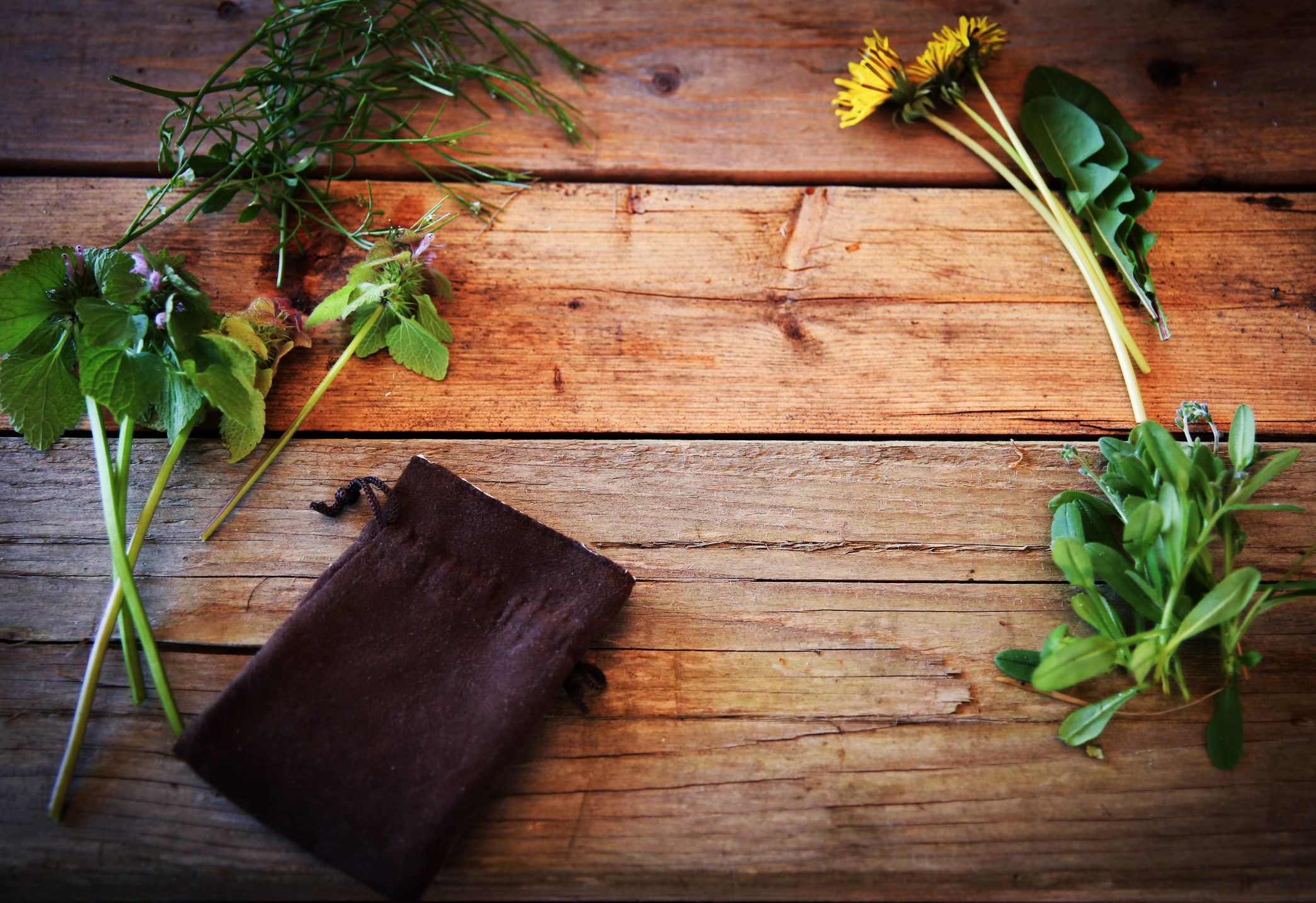





 Throughout most ancient cultures, people believed plants to be magical and, in many cases, used them as much for ritual as they did for medicine and food. Although plants had a wide range of mundane uses, people must have felt that there was something more, something mystical about them that touched their psyches. Witches, and anyone who takes time to slow down and observe, can see and sense that the green world is enchanting and powerful. Even plants that may seem so familiar and ordinary can be surprisingly magical. The witches, the wise women and men were the people to whom villagers went to for medicine, magic, and advice. In addition to knowing what to use, the wise folk knew when plants came into leaf, when they bloomed, and produced seed or fruit. The witches and wise folk of the past lived with the rhythms of the seasons, and while they may have gotten their hands on some plants from afar, they used them within the context of their world. Of course, we can nip out to the store or go online and buy whatever we want regardless of the season, but when you start thinking seasonally and locally about the plants you use for magic, their wisdom begins to speak to you. When you work with plants within the context of the seasons, you learn how their cycles progress month by month. Basing at least some of your magical use of plants within the seasons also aids in developing more meaningful ways to connect with the green world, nature spirits, and the realm of the faeries. This, in turn, gives your rituals and magic more continuity and a natural flow as the wheel of the year turns. Working with the seasons also connects you through time with your ancestors and all the wise folk of the past. Thinking locally for magic goes hand-in-hand with the local food movement, which is not only associated with more healthy foods but also considered more environmentally sustainable. Whether it's plant material for food or magic work, it's a win-win with less energy spent transporting it and fewer people handling it. Of course, everything can be energetically cleansed for magic, but it's something to think about. This isn't to suggest that every plant you use for magic or the dining table ought to be locally sourced; after all, this is the twenty-first century and we have access to so much that can expand our magical work in so many ways. But, getting to know the plants that have been in your area for ages can foster a special connection with the spirit of the land. Even if you live in a city (I lived in Manhattan for a number of years), you may be surprised at what and where you find native plants. Google It! Some garden favorites have wild cousins that fit nicely into a tamer environment. The columbine is a good example. The wild columbines (Aquilegia canadensis and A. Formosa) can hold their own amongst the varieties bred for the garden. The genus and common names for columbine were derived from the Latin aquila, meaning "eagle," and columba, "dove."1 Not only does this juxtaposition of symbolism bring balancing energy, but it also works separately. providing support for courage and the ability to make peace. The common violet (Viola sororia), the sweet violet (V. odorata), and the sweet white violet (V. blanda) are wildflowers that have been invited into the garden. Loved for their heart-shaped leaves, the sweet violets have been adored for their scent since ancient times. In medieval Europe, they were used to scent linens and in later centuries, the dried flowers were sent as mementos in love letters. Think again if you regard these small, delicate flowers as lightweights, because they can pack a punch for banishing spells and breaking hexes, too. Toss Caution to the Wind Poppies are also included in some wildflower mixes. The common red poppy (Papaver rhoeas) is associated with witches and goblins and is an excellent plant to use in defense and protection spells. A few poppy seeds placed under the pillow is an aid for dream work. This flower is also instrumental for luck and prosperity spells. When Ordinary Is Extraordinary Maples (Acer spp.) are some of the most common trees and you may have one or two in your yard or a nearby park. Don't walk by and overlook them for magic. Maples are especially powerful for attracting abundance; use a little maple syrup and visualize the sweetness of life. They are also helpful for releasing what you no longer need, including sorrow. Connection 1. Frances Tenenbaum, ed., Taylor's Encyclopedia of Garden Plants (New York: Houghton Mifflin Company, 2003), 31. |
Sandra Kynes (Mid-coast Maine) is a member of the Order of Bards, Ovates & Druids and the author of twenty-one books, including The Witches' Encyclopedia of Magical Plants, Magical Faery Plants, Llewellyn's Complete Book ...